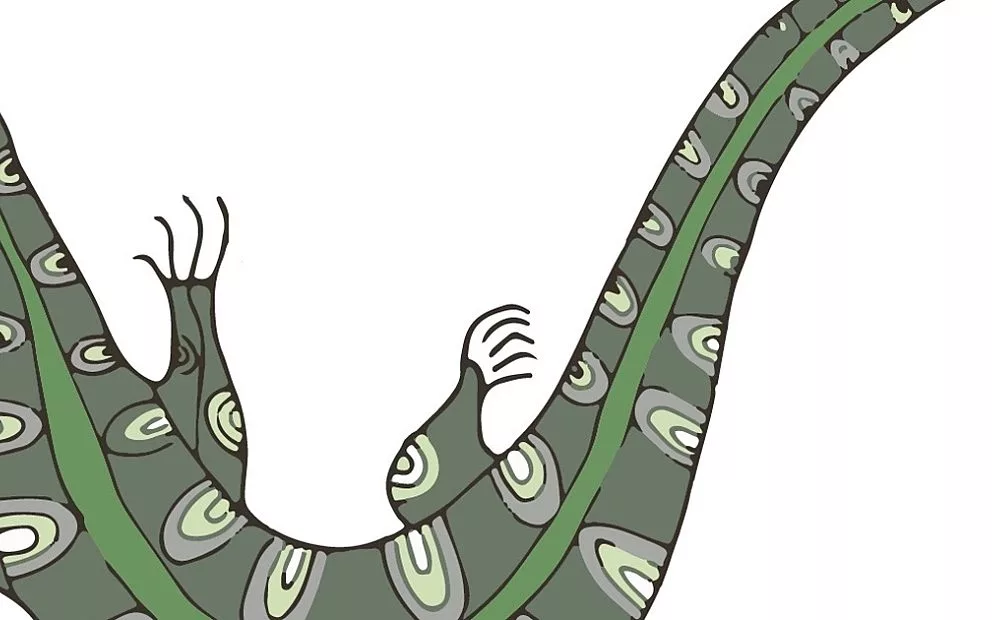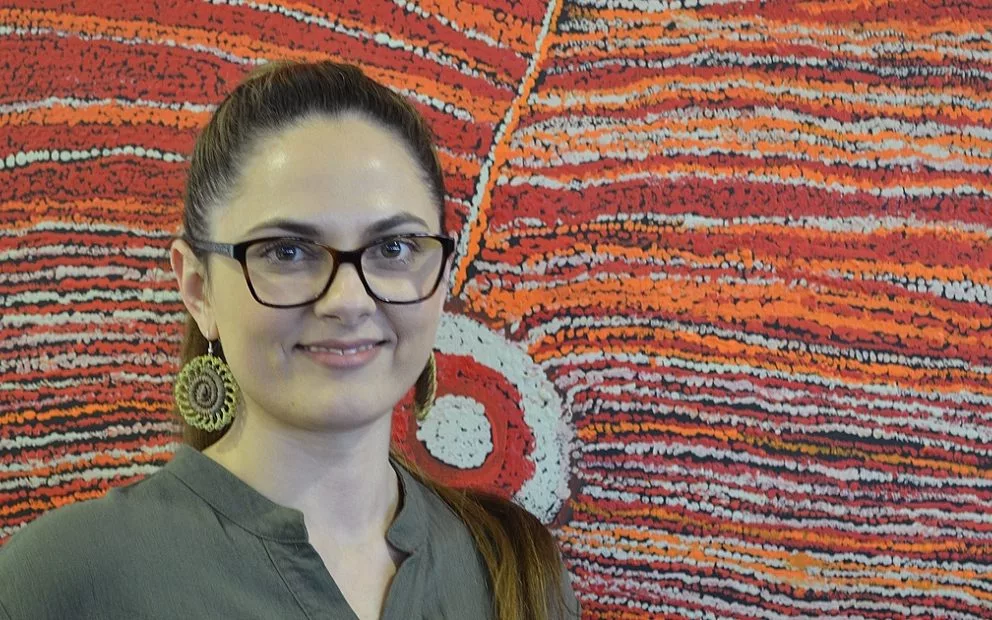At the launch of Aboriginal and Torres Strait Islander HIV Awareness Week (ATSIHAW) and the new resource atsihiv.org.au in Canberra this morning, the Federal Government announced they will provide $485,000 in funding to SAHMRI to conduct a second GOANNA Survey; that will provide a better understanding of why young Aboriginal and Torres Strait Islander people are at increased risk of STIs and HIV.
Associate Professor James Ward, Head, Infectious Diseases Research Aboriginal Health, Infection and Immunity Theme at SAHMRI, said that SAHMRI is thrilled to receive this funding from the Federal Government.
“At a time when Australia is showered with praise for being a world leader in HIV and hepatitis C prevention, one of our priority populations is being left behind. This, combined with the alarmingly high prevalence of other sexually transmissible infections in Aboriginal and Torres Strait Islander populations, is frankly an international embarrassment,” he said.
“A second GOANNA study will allow us to gain more insight into trends among Aboriginal and Torres Strait Islander people aged 16–29 years in relation to levels of knowledge, risk behaviours and health service utilisation. These insights will assist us in tackling these issues head on.”
Federal Minister for Health, the Honourable Sussan Ley MP, said that while huge inroads have been made to prevent the spread of HIV, we need to ensure that Aboriginal and Torres Strait Islander people have timely access to scientific advances in treatment and diagnosis, as well as access to best practice management of HIV that is culturally safe.
The study will commence in 2017.
About the first GOANNA Study
This first GOANNA study provided evidence to inform health policy and practice in the areas of sexually transmitted infections (STIs) and blood borne viral infections (BBVs) in Australian Indigenous communities. Close to 3,000 young Indigenous people (aged 16-29 years) were surveyed at cultural events across Australia between 2011 and 2013 and the new funding will enable us to assess trends over time.


